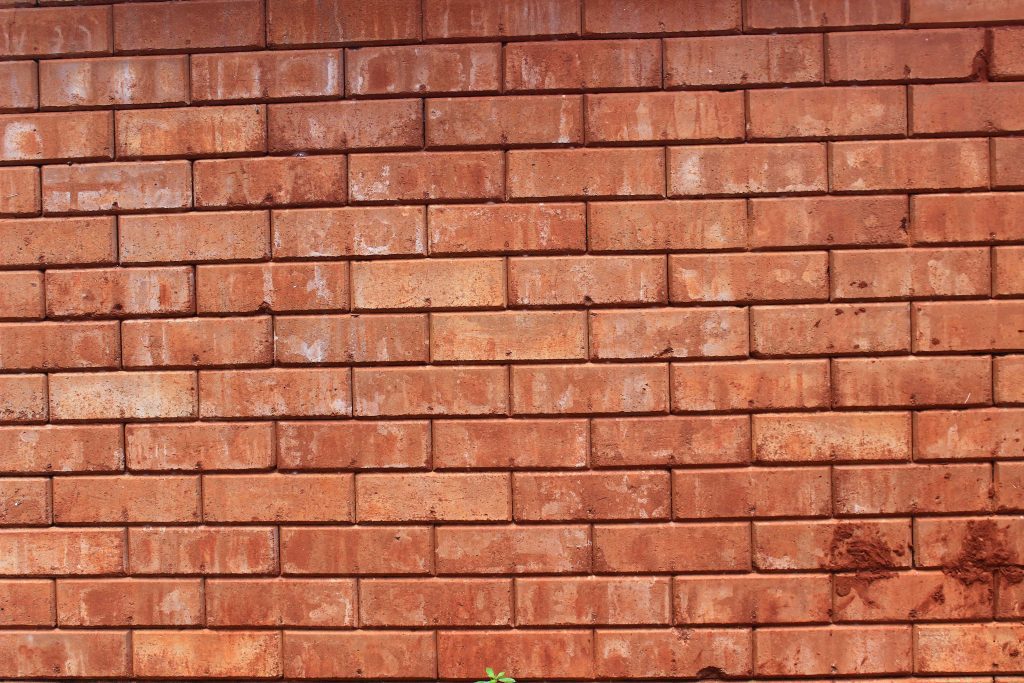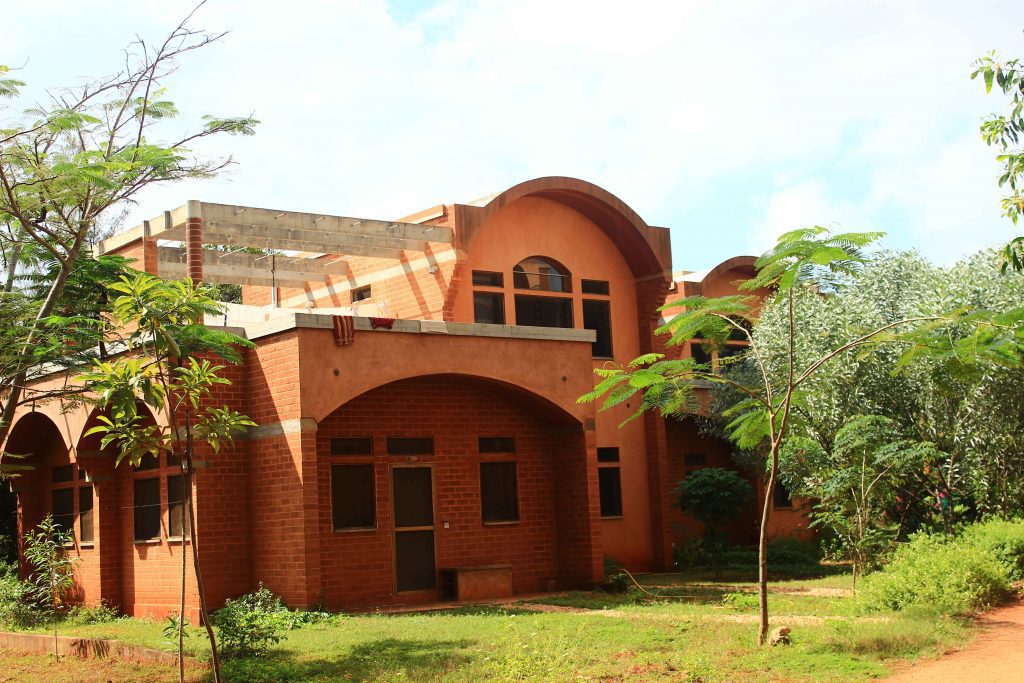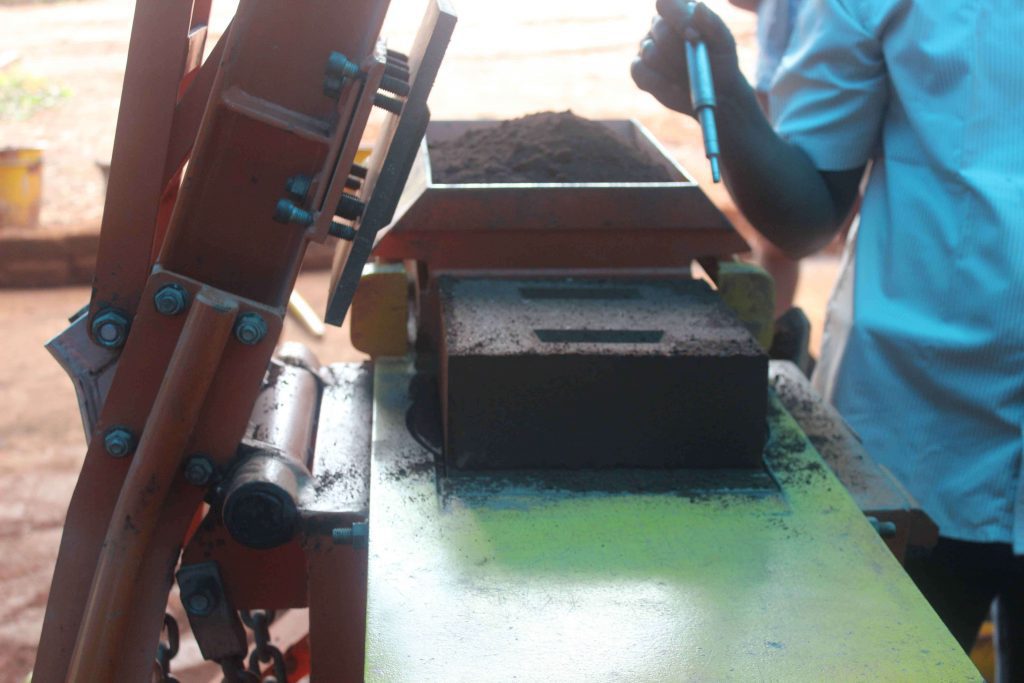CSEB - An Eco Friendly Alternative to Clay Bricks
The rise of a movement against non eco-friendly practices today has awakened us to adapt to and incorporate practices that are pro-earth. We have realised that the smaller steps taken today, have a larger impact on our tomorrow.
Green practices in the construction industry can contribute towards a better and greener tomorrow. Construction using CSEBs are one of the many ways we can resort to, to reduce negative impact on mother earth.
What are CSEBs?
Compressed Stabilized Earth Blocks (CSEB), commonly called, Pressed Earth Blocks, are construction material made using damp soil under high amount of pressure to form blocks. They are composed of dry inorganic subsoil, non-expansive clay, aggregates and Portland cement. CSEBs are an environmentally friendly alternative to clay bricks that most of the residential construction in India today uses.

Wall Made of CSEB

Low rise House made of CSEB’s
Advantages of Using CSEB's
1. inexpensive and Energy Efficient
CSEBs are made in-situ, reducing the carbon-footprint. This also reduces the cost of manufacturing. CSEBs are about 40% cheaper than conventional materials such as clay bricks. Due to their thermal mass quality, CSEBs can save anywhere between 10-15% on cooling and heating costs. Also, the time required to manufacture these blocks is minimal.
2. Structural Strength
CSEBs are approved construction material and widely popular in many countries like France, UK, Germany etc. The testing of these blocks proved that their structural strength is more than that of adobe-earth which makes it a safe material that could be used for construction
3. Top of Form Toxin Free
The materials that go into making CSEBs come from nature. No chemicals are used in the making of these blocks therefore CSEBs release no harmful or toxic gases. CSEBs can be left exposed without any coating of paints and plaster which is an added advantage. Why? Most of the paints that we use contain substances called Volatile Organic Compounds which can affect our well-being.
4. Bio Degradable
While CSEBs are strong-enough to withstand good loads, heavy rains and snow, if demolished and disposed-off properly in soil, the humus can break CSEBs down and thus giving back soil to the earth.
5. Sound Proof and resistant to Fire and Pests
If you reside in a noisy neighbourhood, CSEBs are just the right material to construct walls with. They cut down sound transmission and you don’t need to spend much on sound-proofing materials. The lack of cellulose does not allow mold-growth and the density of the blocks discourages pests and insects to make their way through!
6. Aesthetics and Adapatability
The natural color and texture of the blocks obtained from the soil opens the door to a new world of possibilities in terms of design and creativity. Being a locally-produced product, they can adapt to various social, technical and cultural aspects
7. Reducing Deforestration
Most of the fired clay bricks are fired using timber. CSEBs do not require fire for their manufacturing. This can reduce the large number of trees being cut down.
8. Responsibility towards Society
CSEB manufacturing can provide employment opportunities to people while inculcating social values in them.

Disadvantages or Limitations of CSEB's
- Not suitable for high-rise buildings and wide-spans
- Proper soil identification required
- Skilled labour required
- Requires quality check at every stage of manufacturing to avoid low-quality products
Despite all the limitations, Compressed Stabilized Earth Blocks are a great way to construct eco-friendly buildings. Beginning from the first step of construction to the end product and end-users, CSEBs are more beneficial than harmful to everyone.

– Yashaswini Poddar
 (+91) 7249196273
(+91) 7249196273
